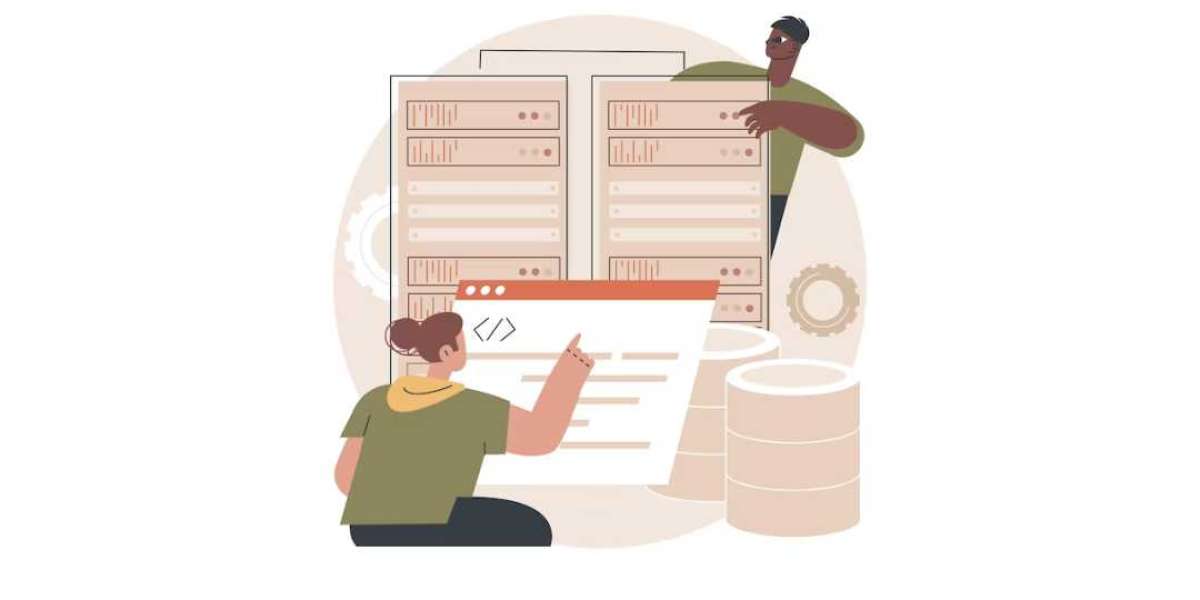In the realm of niIT application decommissiong, one of the most critical and challenging tasks is migrating legacy data to modern systems or archival platforms. This process involves transferring data from outdated applications to new environments while ensuring accuracy, integrity, and accessibility. Here, we delve into various techniques employed for legacy data migration in IT application decommissioning projects.
1. Extract, Transform, Load (ETL) Process:
The ETL process is a common approach used to migrate data from legacy systems to modern ones. It involves three primary steps: extraction, where data is extracted from the legacy system; transformation, where data is converted into a compatible format; and loading, where transformed data is loaded into the target system. This method allows for data cleansing, restructuring, and enrichment to align with the requirements of the new system.
2. Direct Database Migration:
For organizations with large volumes of data stored in databases, direct database migration may be a preferred technique. In this method, data is extracted directly from the legacy database and transferred to the target database with minimal transformation. While this approach offers speed and efficiency, it requires careful consideration of data compatibility and consistency to ensure seamless migration.
3. Data Replication:
Data replication involves creating a duplicate copy of data from the legacy system and synchronizing it with the new environment. This technique allows for continuous data replication during the migration process, ensuring minimal downtime and data loss. However, it requires robust synchronization mechanisms and may entail additional costs for maintaining replication infrastructure.
4. Data Mapping and Modeling:
Prior to migration, thorough data mapping and modeling are essential to identify data relationships, dependencies, and transformations. By creating detailed data maps and models, organizations can ensure accurate migration and maintain data integrity throughout the process. This technique involves analyzing data structures, identifying key fields, and defining mappings between source and target systems.
5. Incremental Migration:
In scenarios where complete data migration is not feasible due to time or resource constraints, incremental migration offers a phased approach. Organizations can prioritize critical data sets or functionalities for migration, allowing for incremental updates over time. This method reduces the complexity of migration projects and minimizes disruption to ongoing operations.
Conclusion:
Legacy data migration is a complex endeavor that requires careful planning, execution, and validation to ensure a successful outcome. By leveraging techniques such as ETL processes, direct database migration, data replication, data mapping, and incremental migration, organizations can effectively transition from legacy systems to modern environments while preserving data integrity and minimizing risks. However, each migration project is unique, and selecting the most appropriate technique depends on factors such as data volume, complexity, and business requirements. Collaborating with experienced data migration specialists and leveraging advanced tools and technologies can streamline the migration process and pave the way for a seamless transition to new IT landscapes.








